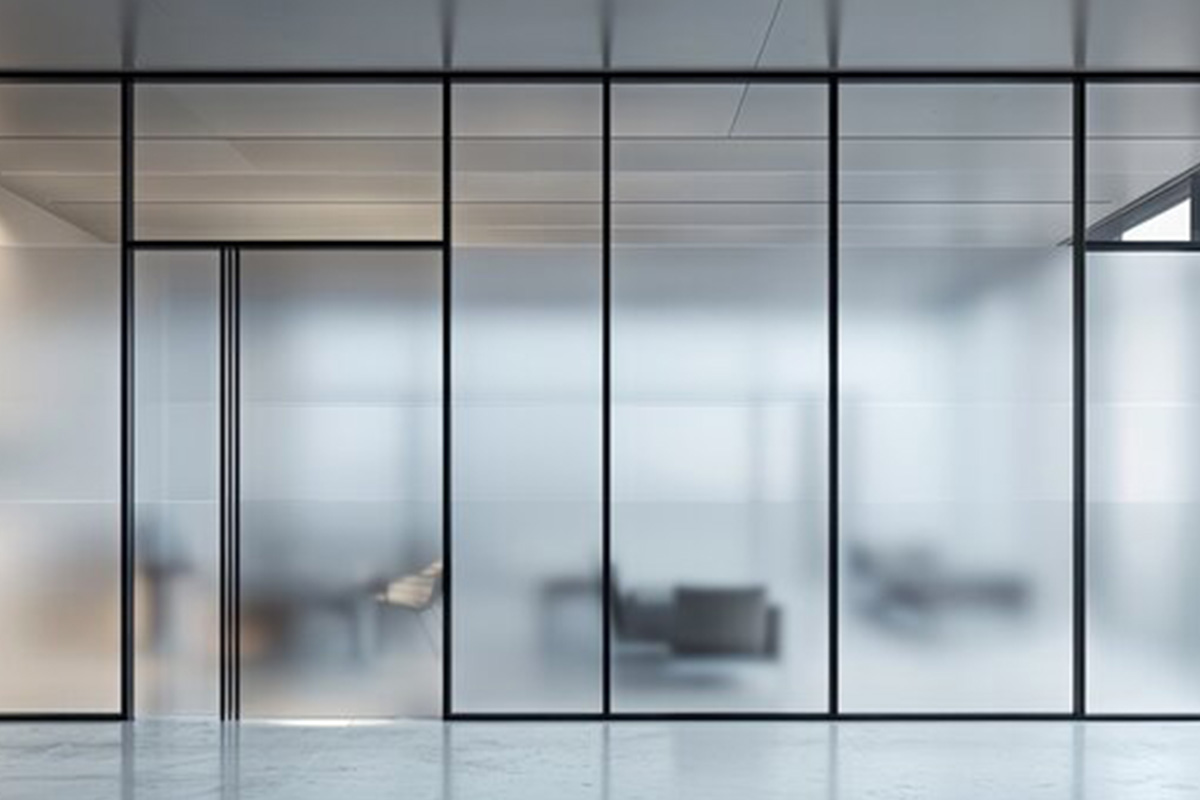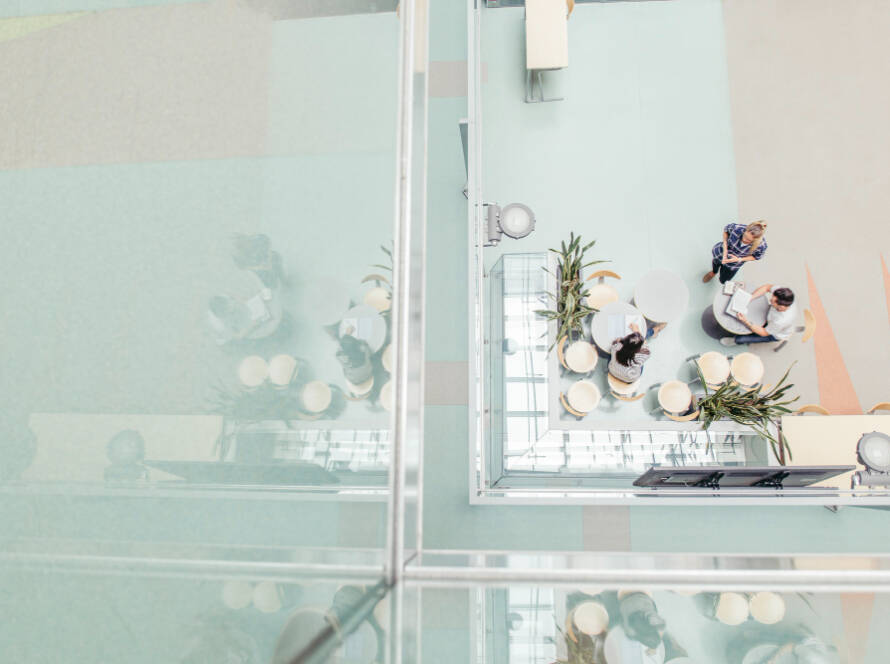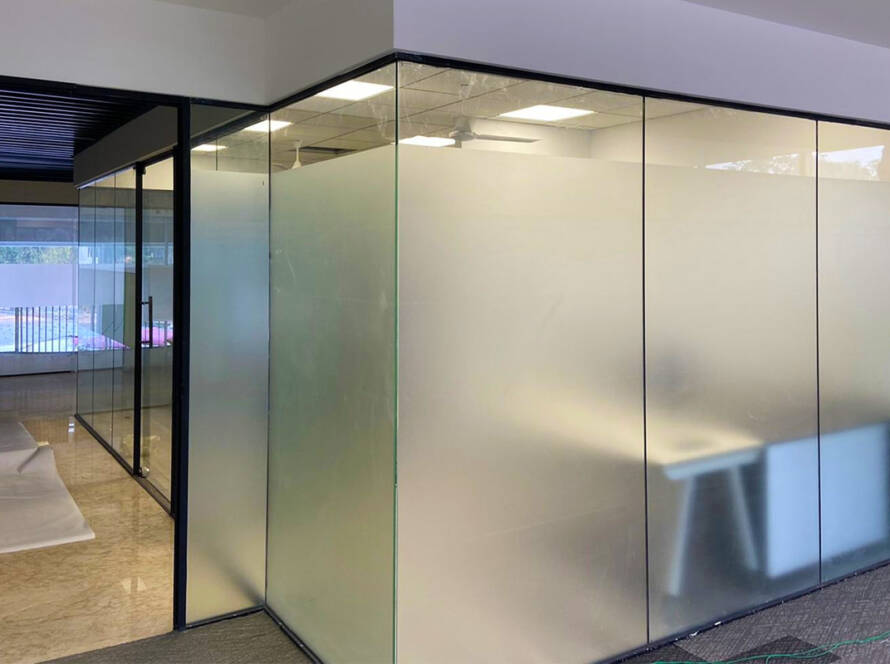Homemakers Together With Commercial Establishments Opt For Frosted Glass Because It Offers Discreet Privacy Alongside Refined Beauty. The Building Blocks Of Frosted Glass Applications Include Doors As Well As Windows Partitions And Decorative Components For Their Ability To Produce An Attractive Lighting Effect Through Transparent Elements.
Frosted Glass Is A Type Of Glass Treated To Offer A Snowy, Opaque Appearance And At The Same Time Provides For Diffusion Of Light And Vision. When Compared To Clear Glass, Frosted Ones Provide People With The Feeling Of Privacy As They Allow Natural Light To Pass Through Giving Various Settings.
The Production Methods For Frosted Glass Result In Multiple Variations Which Bring Distinct Properties To Enhance Applications. This Post Will Examine The Production Methods Along With Advantages And Limitations Of Various Frosted Glass Types Together With Their Usage Applications.
Types Of Frosted Glass
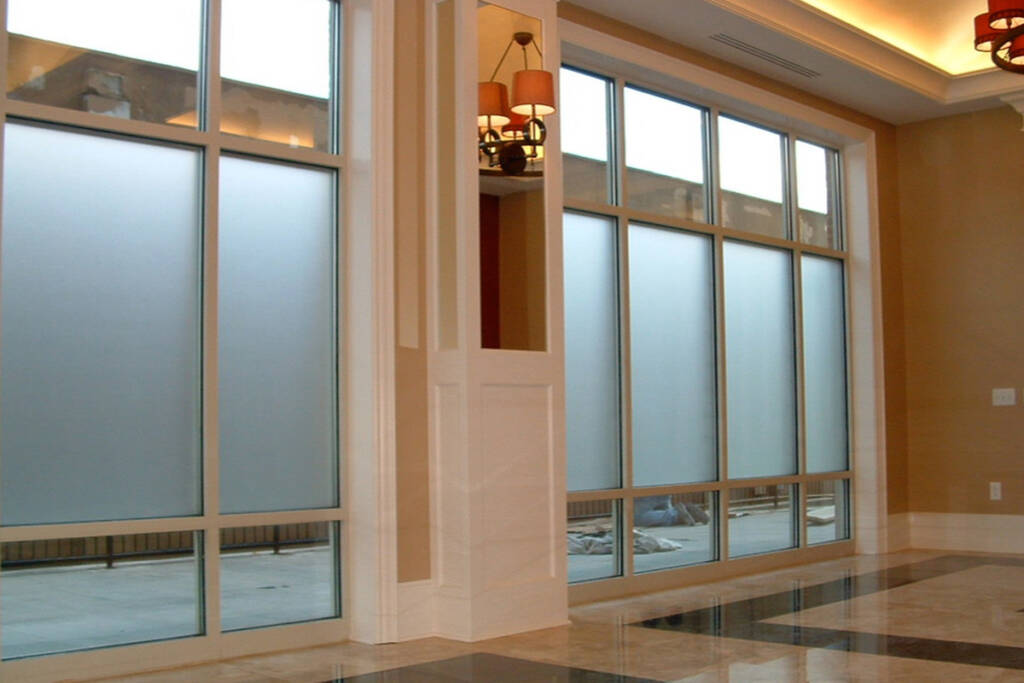
- Acid-Etched Frosted Glass
Hydrofluoric Acid Application On Glass Surfaces Through Chemical Reaction Yields Smooth Frosted Glass Appearance. The Manufacturing Method Delivers Evenness To The Glass Together With Resistance Characteristics As It Upholds The Material’s Structural Integrity.
- Sandblasted Frosted Glass
The Production Of Sandblasted Frosted Glass Depends On Using High-Pressure Sand Particles To Strike The Glass Surface. The Production Of A Coarse And Hazy Texture Through This Method Blocks Sight But Allows Passage Of Light.
- Ceramic Frit Frosted Glass
The Production Of Ceramic Frosted Glass Requires Heating Glass Surfaces Until The Ceramic Paint Propagates As A Fusion In Order To Achieve Its Frosted Appearance. The Production Method Creates Everlasting Frosted Glass That Stays Undamaged By Scratching While Also Resisting Deterioration.
- Laminated Frosted Glass
The Frosted Glass Laminated Structure Uses Two Glass Panels Adhered Together With Frosted Film Or Polyvinyl Butyral (Pvb) In Between The Layers. A Safety Benefit Emerges From This Design Because It Stops Glass Pieces From Breaking When Hit.
- Frosted Window Film
Frosted Window Film Differs From Other Frosted Glass Options Because It Remains As An Adhesive Film Which Gets Attached To Clear Glass Surfaces Directly. The Frosted Surface Emerges Immediately After Application While The Glass Remains Unmodified.
How Are These Frosted Glasses Made ?
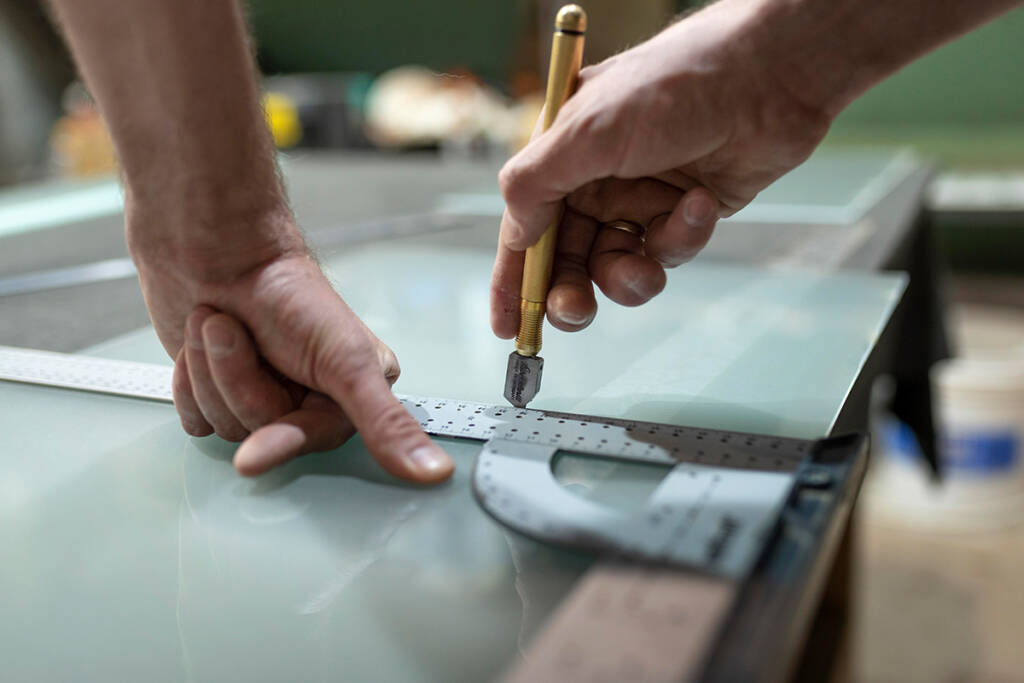
- Acid-Etched Frosted Glass
Hydrofluoric Acid Treatment Of Glass Surfaces Produces This Type Of Frosted Glass Through A Process That Results In Uniform Textured Markings. Hydrofluoric Acid Application During Manufacturing Leaves Frost Effects That Remain Durable Without Any Glass Weakening.
- Sandblasted Frosted Glass
The Glass Surface Receives High-Pressure Sand Particle Blasting That Creates An Opaque Texture Through This Method. Manufacturers Customize The Process So They Can Create Elaborate Patterns During The Etching Of Glass Surfaces.
- Ceramic Frit Frosted Glass
Ceramic Frit Frosted Glass Production Combines Heat-Based Fusion Of Ceramic Paint To Create The Frosted Appearance. Through This Permanent Frosted Glass Method Environmental Conditions And Physical Stress Cannot Affect The Results.
- Laminated Frosted Glass
Manufacturers Produce Laminated Frosted Glass Through The Bond Of Two Glass Components Using Polyvinyl Butyral (Pvb) Interlayer Material. The Application Of This Method Strengthens Both Durability And Safety Features Alongside Insulation Properties Of Glass Elements.
- Frosted Window Film
A Self-Adhesive Window Film Called Frosted Works By Directly Sticking To Current Glass Surfaces. The Solution Provides Cost Benefits Together With Adaptability Because It Enables Short-Term Or Long-Lasting Frosting Effects.
Applications Of Frosted Glass Types
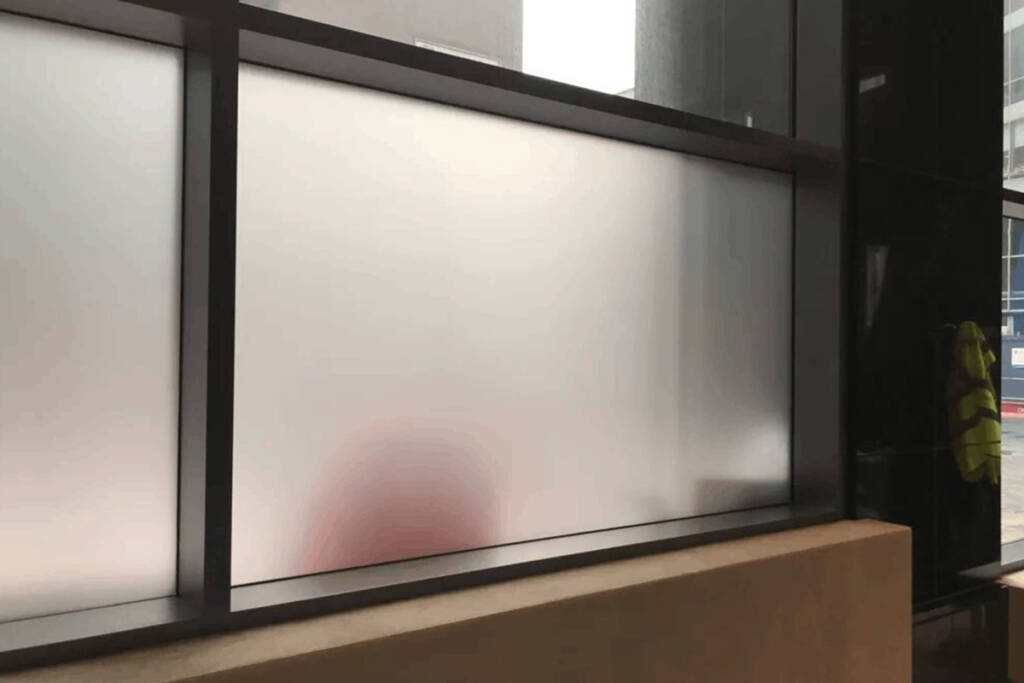
- Acid-Etched Frosted Glass
Acid-Etched Frosted Glass Dominates Modern Office Scenes As Well As Both Shower Enclosures And Glass Doors When Privacy Demands Come Without Compromising Light Ingress. The Uniform Outer Surface Together With Its Smooth Feel Allows This Material To Function Perfectly In Contemporary High-End Architectural Designs.
- Office Partitions Offer A Contemporary Fashionable Appearance In Addition To Privacy Benefits.
- Shower Enclosures Suit Bathrooms Specifically Because They Enable Privacy Alongside Illumination Control.
- Sandblasted Frosted Glass
The Professional Features Of Sandblasted Frosted Glass Make It Appropriate For Decorative Uses In Partitions Alongside Storefronts And Glass Railings. Commercial Venues Select This Glass Material For Branding Purposes Since It Enables Them To Add Customized Logos Or Patterns While Maintaining Privacy.
- The Front Windows And Commercial Spaces Receive Design-Specific Patterns And Branding Applications For Aesthetic Value.
- Glass Railings And Balustrades Serve Both Safety Purposes And Introduce Exclusive Design Characteristics Into Spaces.
- Ceramic Frit Frosted Glass
Most Exterior Building Applications Use Ceramic Frit Frosted Glass For Balustrades And Curtain Walls Together With Automotive Glass Installations. Architects Select Ceramic Frit Frosted Glass Because Of Its Enduring Properties Which Resist Outside Weathering Effects.
- Building Facades Together With Curtain Walls Serve Buildings Of Numerous Floors For Both Functionality And Appearance.
- The Automotive Industry Employs Automotive Glass To Create Frosted Car Windows Which Retain Their Durability Properties.
- Balustrades Along With Skylights Serve Both Decorative Functions And Weather-Resistant Performance.
- Laminated Frosted Glass
Laminated Frosted Glass Provides High-Security Facilities Together With Soundproof Capabilities In Addition To Offering Increased Protection For Safety-Sensitive Areas. Building Managers Install This Glass Type In Banks Alongside Airports As Well As Government Offices To Achieve Privacy Alongside Security Benefits.
- These Areas Find Application In Bank Installations, Airports And Governmental Facilities To Ensure Maximum Safety.
- The Usages Of Soundproof Partitions Create Quiet Spaces With Privacy For Meetings And Workspace Applications.
- Frosted Window Film
Frosted Window Film Serves Both Residential And Commercial Purposes Because It Allows Temporary Privacy Solutions. The Application Of Frosted Window Film Occurs On Bathroom Windows As Well As Office Partitions And Retail Display Windows When Customers Want An Opaque Look From Their Glass But Not Permanent Modifications.
- Business And Office Establishments Can Benefit From This Cost-Efficient Method To Enhance Their Glass Partition Privacy.
- Temporary Frosted Effects Work Well In Rental Properties Since Permanent Frosted Glass Is Unavailable.
Pros And Cons Of Frosted Glass Types
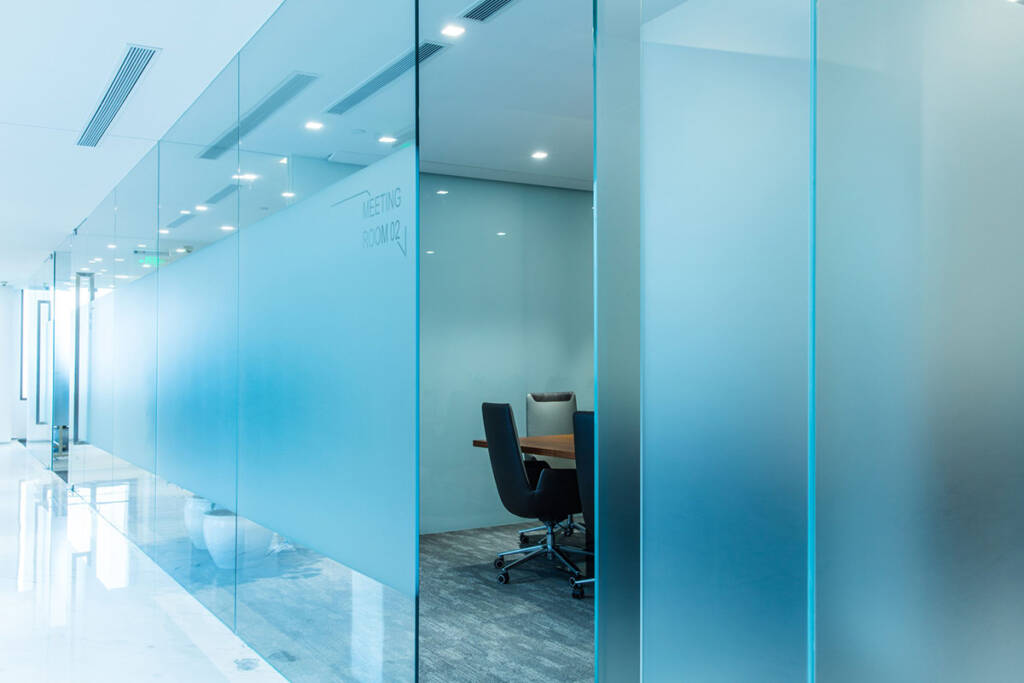
- Acid-Etched Frosted Glass
Pros:
- Frosted Glass Delivers A Smooth Satin Surface Which Adds Appeal To Aesthetic Design And Creates An Up-To-Date Refined Appearance.
- The Smooth Surface Makes The Glass Easy To Maintain Because It Does Not Easily Absorb Dirt Or Stains.
- Due To Its Durable Nature The Frosting Effect On Glass Will Continue To Remain Effective Indefinitely.
Cons:
- The Expensive Nature Of Production Stems From The Chemical Mechanisms Which Create Such Glass Products.
- Installation Necessitates Proper Care Because Its Acid-Based Production Leaves The Glass Vulnerable Until It Reaches The Application Point.
- Sandblasted Frosted Glass
Pros:
- The Glass Provides Strong Privacy Features Because It Scatters And Obliterates Visual Clarity From Outside The Window.
- Decorative Applications Can Benefit From This Option Since It Accepts Complex Decorative Patterns And Designs During Customization.
- This Glass Type Displays Outstanding Durability And Long-Term Performance Because The Frosted Effect Permanently Resides Inside The Glass Material.
Cons:
- Exposure To Fingerprints And Smudges Proves Detrimental To The Appearance Of This Glass Product Thus Requiring Regular Cleaning.
- Acid-Etched Glass Provides Better Cleaning Ability Than The Textured Surface Of Ceramic Frit Frosted Glass.
- Ceramic Frit Frosted Glass
Pros:
- Highly Durable And Scratch-Resistant, Ensuring Longevity Even In High-Traffic Areas.
- Different Textures And Patterns Make This Glass Product Suitable For Both Creative And Practical Architectural Designs.
- This Material Stands Up Well Against Environmental Elements, Harsh Weather Conditions And Fading While Being Perfect For Outdoor Implementations.
Cons:
- Corporate Customers Need To Budget Higher Expenses For Ceramic Frit Frosted Glass Because Of Its Complex Manufacturing Requirements.
- The Ceramic Coating Only Provides Standardized Design Options Because It Establishes Pattern Arrangements Before Application.
- Laminated Frosted Glass
Pros:
- The Material Blocks Sound Efficiently Thus It Works Perfectly For Offices Together With Conference Rooms And Home Use.
- Security Measures In Laminates Protect The Glass From Shattering During Impact Incidents.
- The Continuous Development Of Permanent Frosted Glass Occurs Because The Interlayer Stays Between Two Sheets Of Glass.
Cons:
- Weight Makes This Frosted Glass Type Hard To Handle So It Needs Robust Building Structures For Proper Installation.
- The Price Increases Because Glass Laminates Require Multiple Construction Layers Which Enhance Security Measures.
- Frosted Window Film
Pros:
- Frosted Window Film Offers A Budget-Friendly Installation Process Which Provides An Economical Substitute Compared To Using Permanently Frosted Glass.
- This Material Provides Smooth Installation And Easy Remove Or Replacement Properties Which Make It Perfect For Rental Applications And Short-Term Uses.
- This Type Of Glass Exists In Different Fashionable Designs Which Enables Various Decorative And Operational Uses.
Cons:
- The Long-Term Durability Suffers From Frosted Glass Film Because The Film Might Detach And Produce Bubbling At Various Stages.
- The Product Needs Constant Inspection For Deterioration That Would Require Either A Replacement Or Application Maintenance From Water Exposure Or Persistent Use.
To Find The Optimal Frosted Glass Vendor It Is Essential!
Your Choice Of Frosted Glass Depends On What Type Of Need You Require Including Privacy Purposes And Aesthetics Aspects And Safety Features. You Need To Collaborate With Trusted Provider TPRS In Order To Obtain Ideal Frosted Glass Solutions For Your Project.
TPRS Delivers High-Quality Frosted Glass Solutions Because They Possess Specialized Expertise In Premium Glass Solution Development For Client Requirements. The Best Frosted Glass Solutions For Your Environment Are Available Through Our Team Which You Can Reach Out To Today For Additional Information.
Also Check out our blog on Frosted Glass – All You Need To Know



